An exceptional tempera painting on wood panel, dating from the 15th century, attributed to the Venetian school of the Quattrocento. This rare and precious work depicts the Virgin Mary holding the Infant Jesus in an intimate and solemn composition, revealing the subtle shift between Byzantine hieratic iconography and the early expressive explorations of the Italian Renaissance.
The Virgin tenderly inclines her head towards her Son, in a gesture imbued with humanity, while maintaining a liturgical frontality. She is dressed in a loose carmine red cloak, lined in black, whose stylized folds reflect an ancient mastery of drapery. Beneath this cloak, a white tunic adorned with stylized motifs discreetly opens. Christ, depicted with an adult precocity characteristic of icons, wears a rich orange garment with golden highlights, vibrant with light and symbolism.
The two figures are surrounded by halos of gold leaf, finely decorated with filigree motifs, in keeping with the Italo-Byzantine tradition. The gilded background, adorned with delicate engraved motifs now faded by time, reinforces the sacred character of the scene. The color palette, dominated by deep reds, patinated golds, and brown shadows, creates a warm atmosphere, both mystical and human.
This work is part of the tradition of Italo-Byzantine icons, which was still very much alive in 15th-century Venice. With its melancholic features, angular draperies, and gilded background, it retains the codes of the Byzantine world, while incorporating certain new elements specific to the Quattrocento: the psychological softness of the faces, the humanization of the holy figures, and a more flexible rhythm of the composition.
It evokes the productions of Venetian workshops active around 1450–1480, influenced by Cretan Greek painting while incorporating elements of International Gothic, particularly visible in the treatment of clothing and maternal gestures. Affinities with Gentile da Fabriano and the early followers of Fra Angelico are also evident, in this desire to reconcile sacredness and embodied emotion.
Technical characteristics:
Technology: Egg tempera and gilt leaf on curved wooden panel (original shape)
Dimensions: 28 cm x 24 cm
Condition: Good overall condition for a work of this period. Natural wear, minor flaking, and surface cracks, but excellent legibility. Vibrant colors, particularly the reds and golds, admirably patinated by time.
This painting is a rare and moving example of the transition between Byzantine sacred art and the beginnings of Renaissance naturalism. It will appeal to collectors of sacred art, enthusiasts of the Italian Renaissance, and those seeking a spiritual, authentic, and historically significant work.
Informations sur l’expédition et l’assurance :
Le conditionnement de tous nos colis est confié à la société MBE (Mail Boxes Etc.) Narbonne, garante d’un emballage soigné et parfaitement sécurisé.
L’acheminement est ensuite assuré par UPS, ou FedEx, ou GLS permettant une livraison fiable et suivie dans le monde entier.
Pour tout achat supérieur à 4 000 €, un contrat d’assurance ad valorem est systématiquement souscrit auprès de la société Trans-Pass, offrant ainsi une couverture optimale de votre acquisition durant l’intégralité de son transport.
#Icon #VirginandChild #Tempera #SacredArt #Quattrocento #AncientPainting #ItalianRenaissance #VenetianSchool #GentileDaFabriano #FraAngelico #ByzantineArt #ChristianIconography #ChristianArt #AntiqueDealer #Proantic #ArtCollection


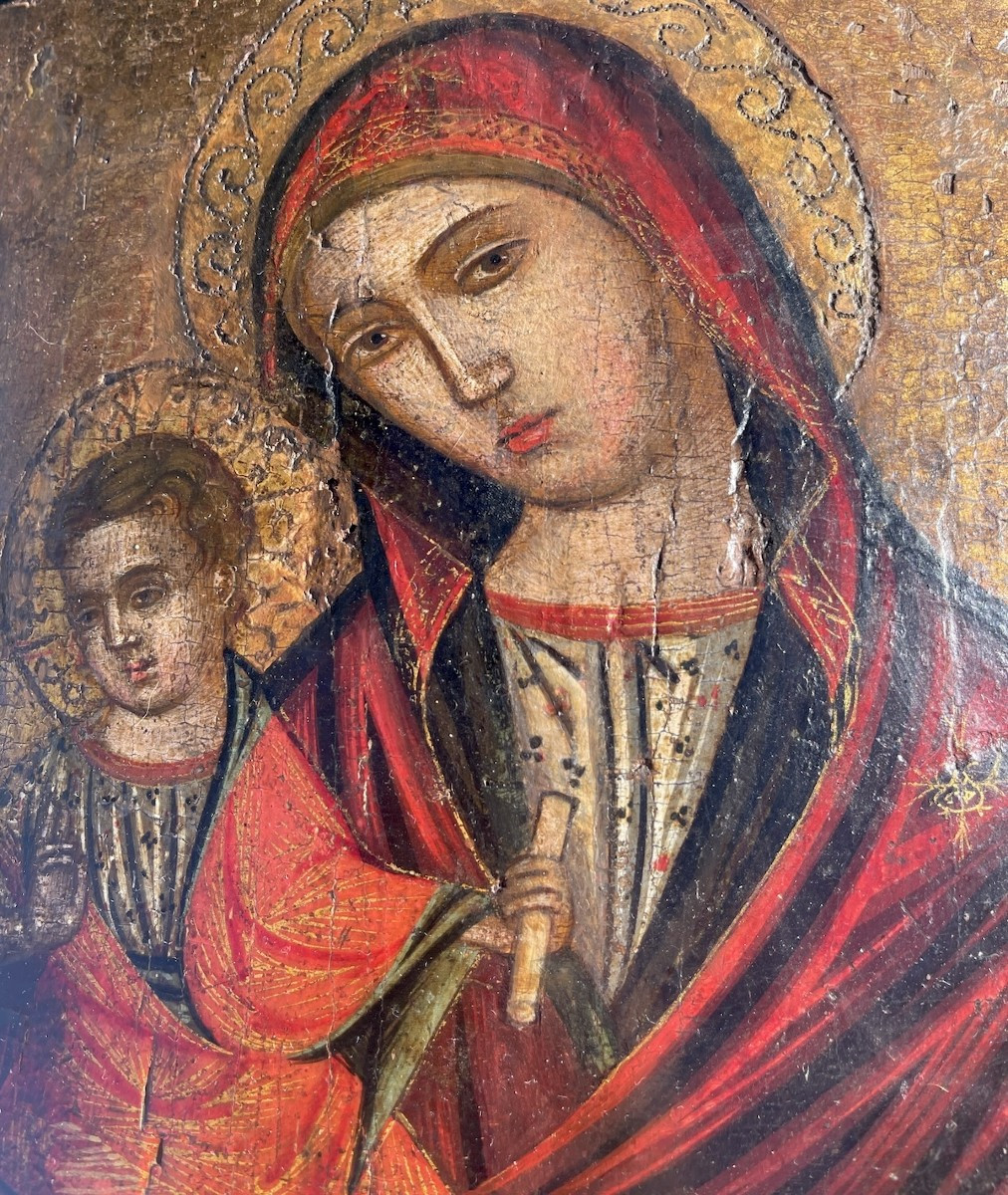
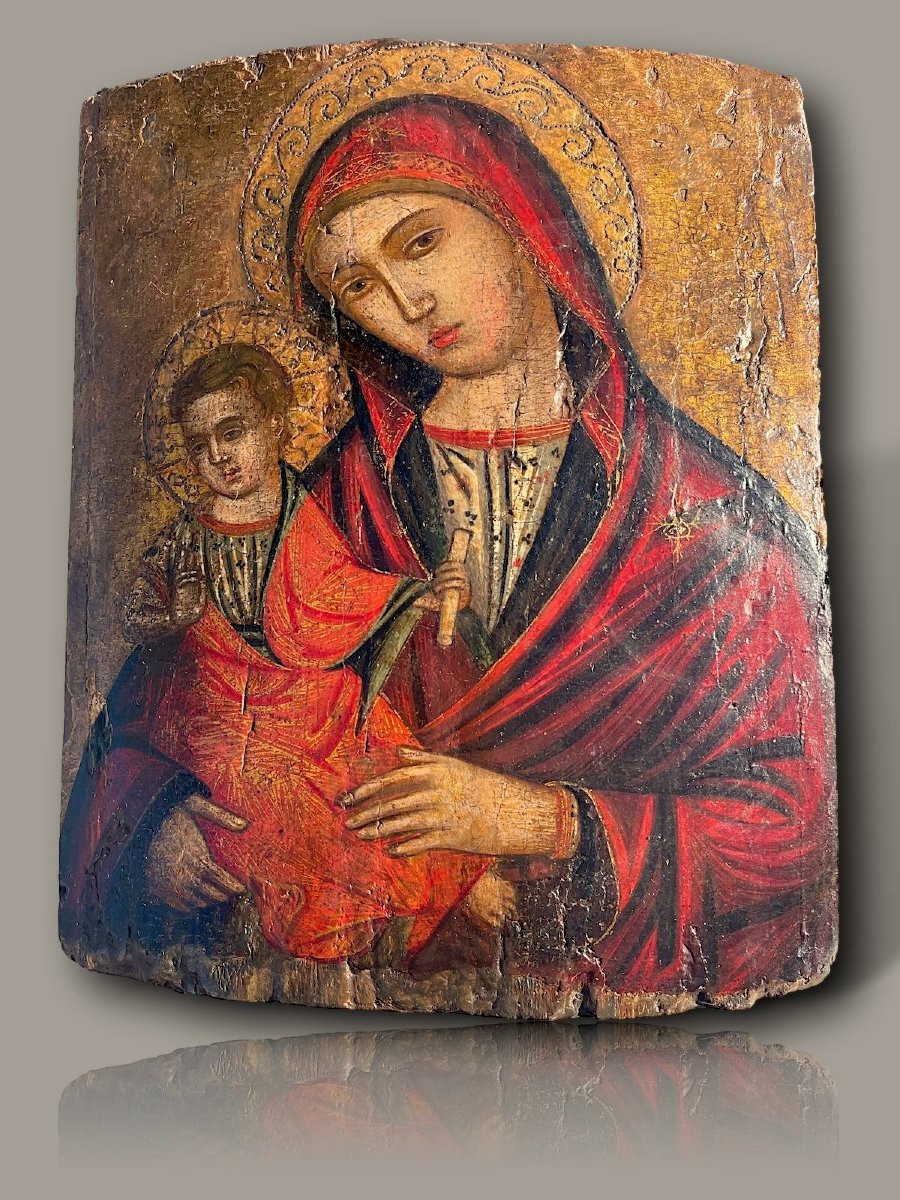
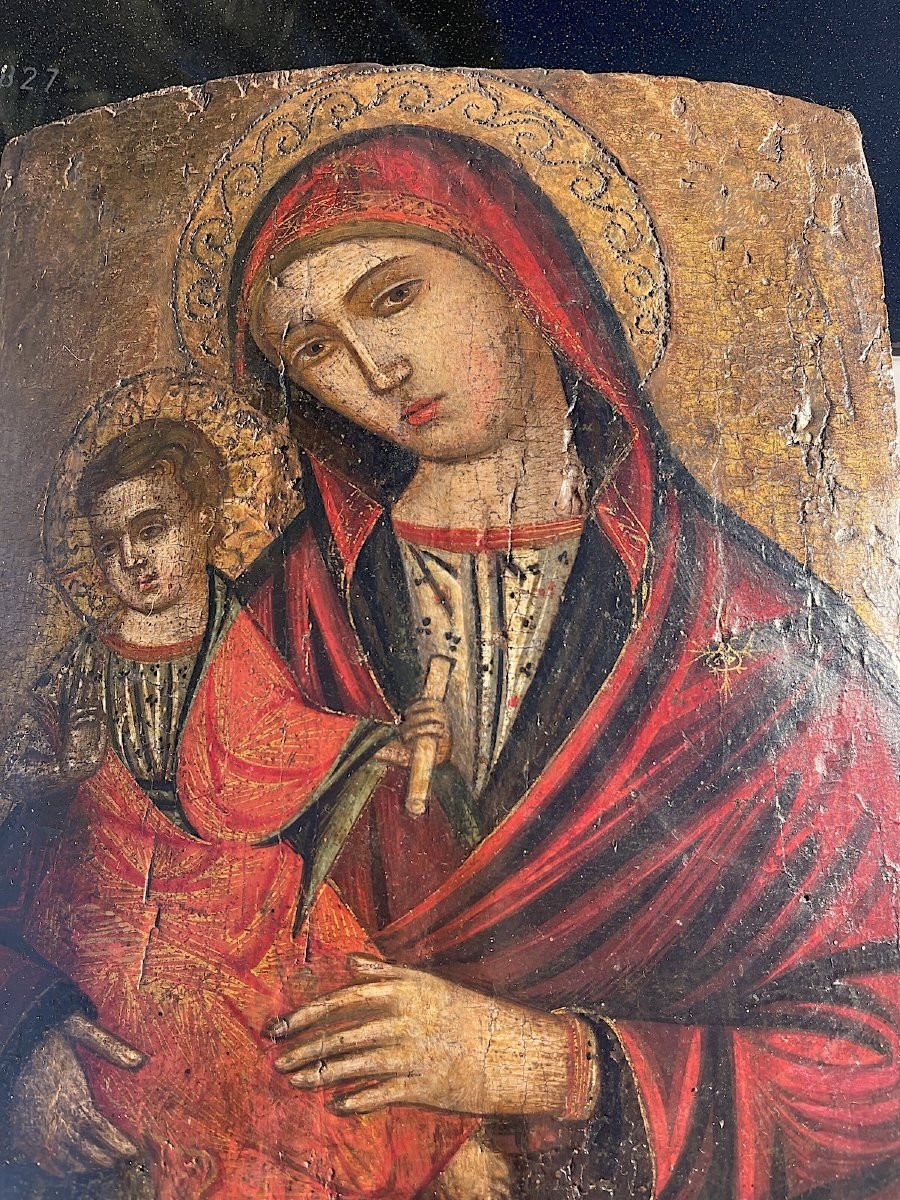
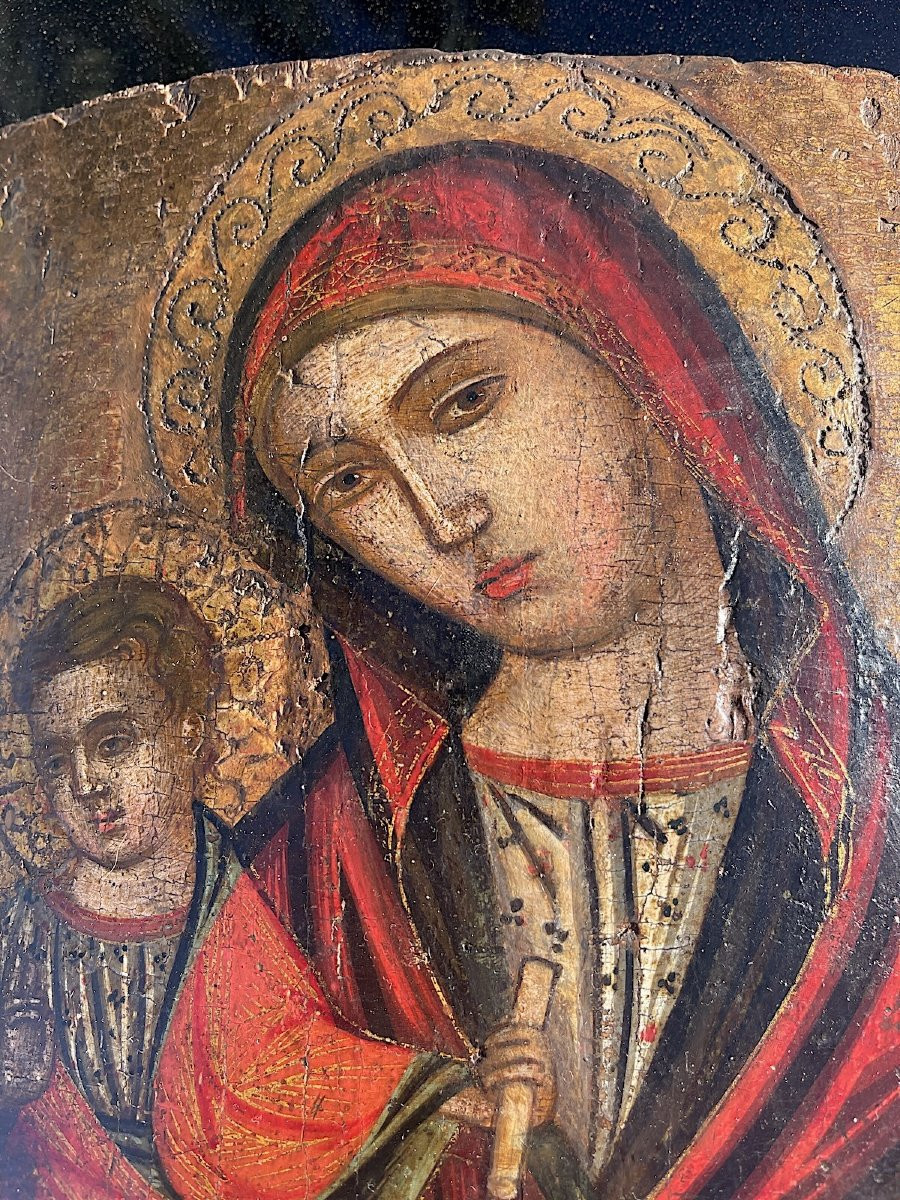
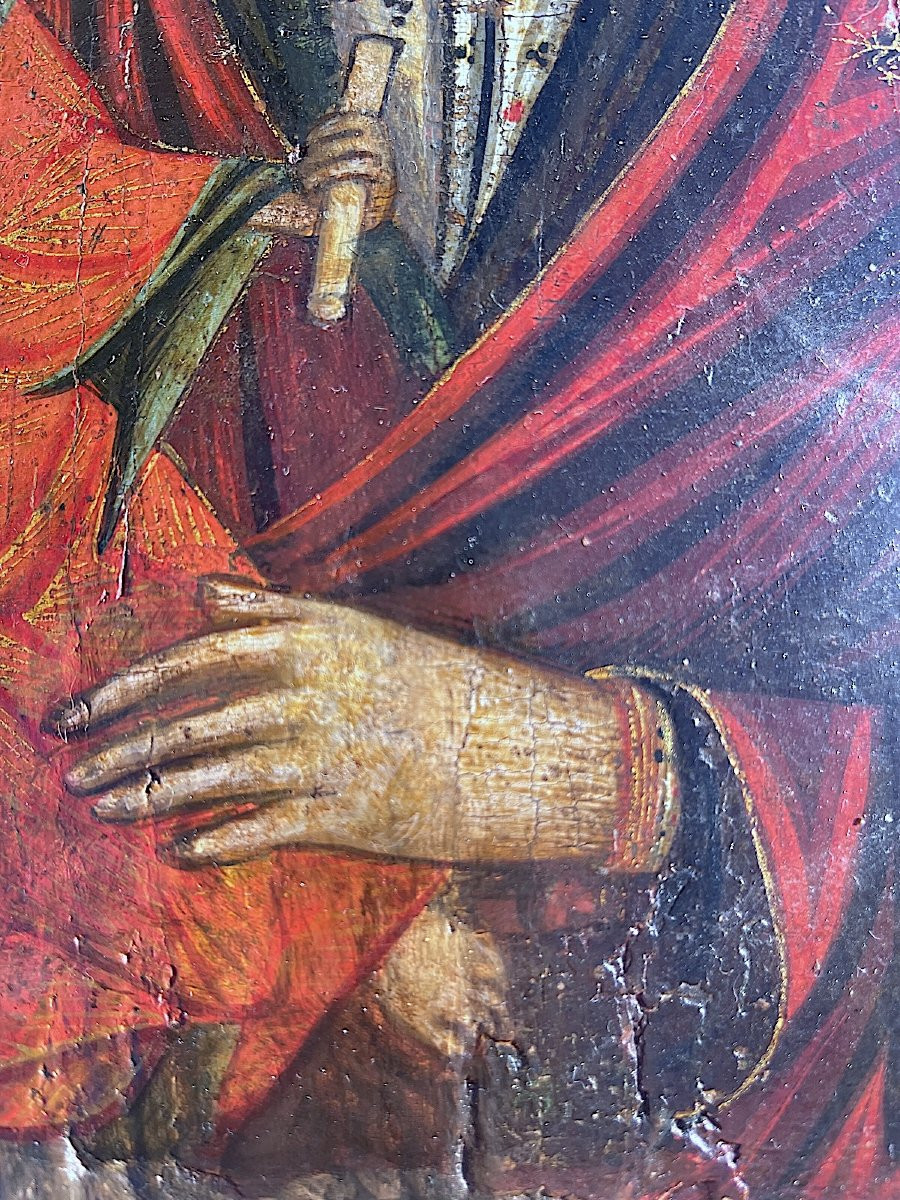
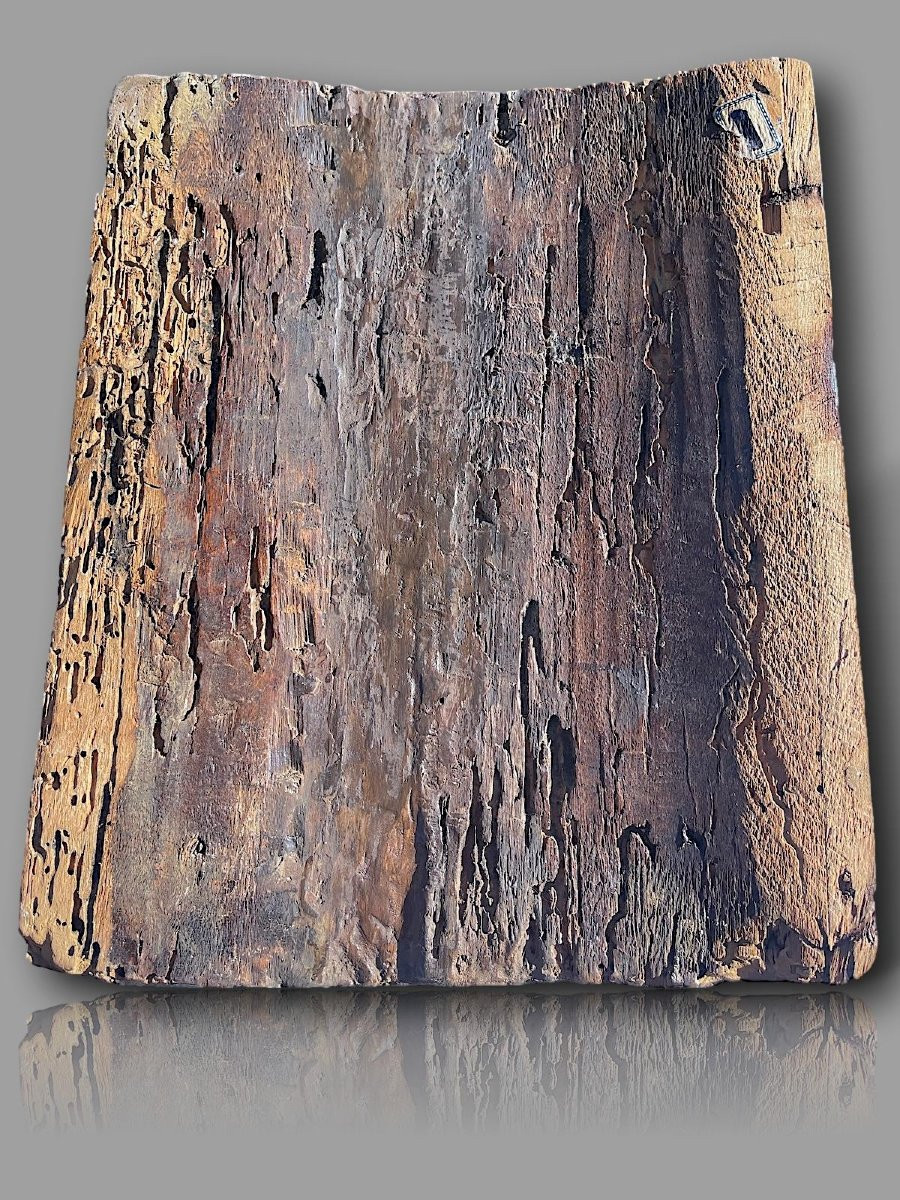








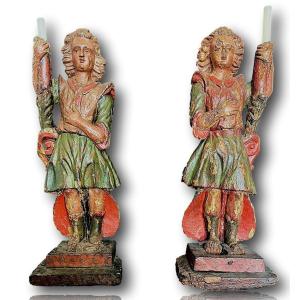



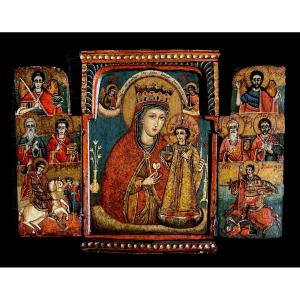
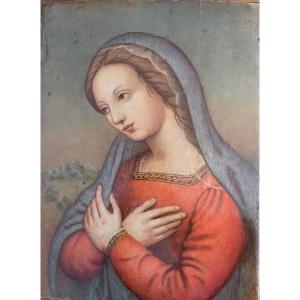

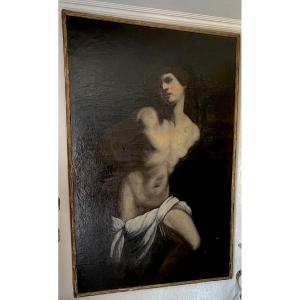





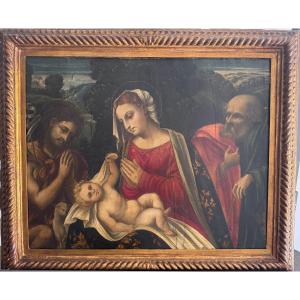







 Le Magazine de PROANTIC
Le Magazine de PROANTIC TRÉSORS Magazine
TRÉSORS Magazine Rivista Artiquariato
Rivista Artiquariato